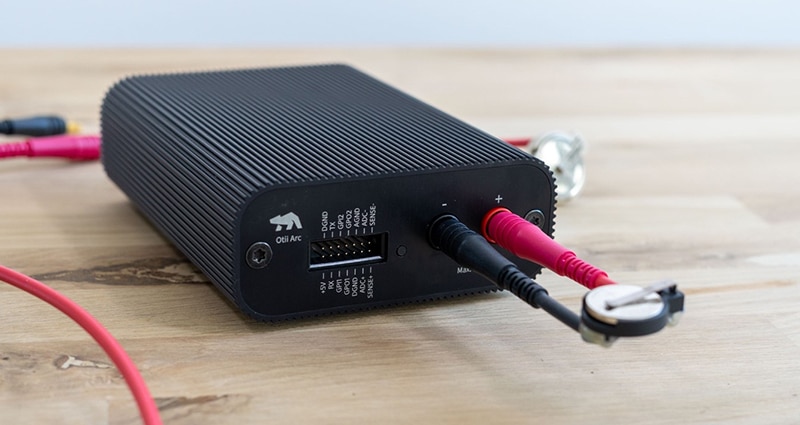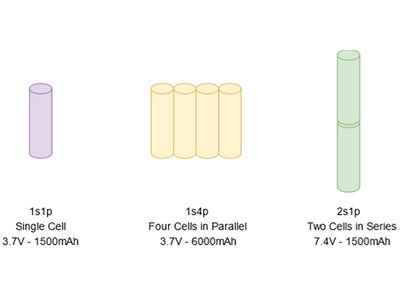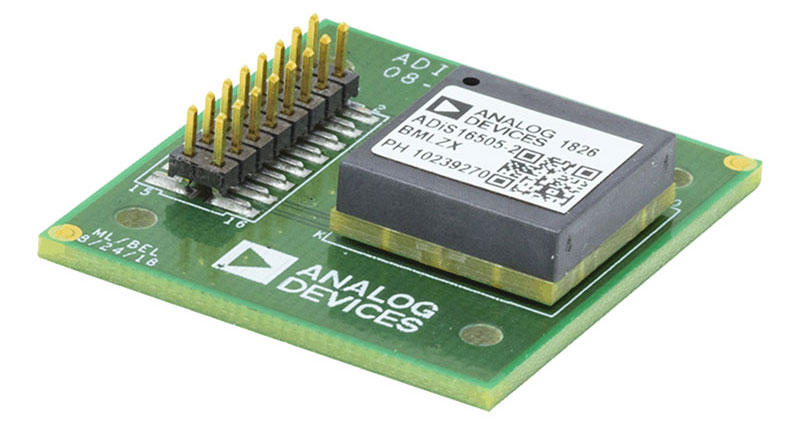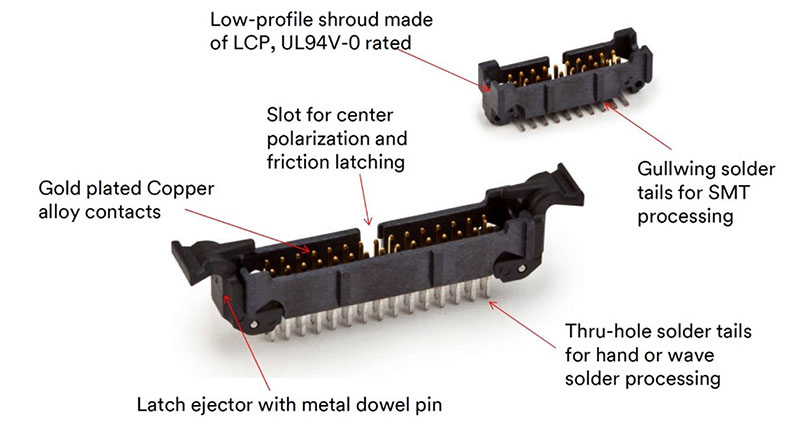Get Longer Battery Life With the Right Lithium Chemistry
Long battery life is important in applications such as the Internet of Things (IoT), wireless sensor nodes (WSNs), smart meters, power tools, portable medical devices, and handheld LED lighting. Increasingly, the key to a long life is to choose lithium (Li) battery chemistry, but which one? Primary chemistries such as lithium/iron disulfide (Li/FeS2), lithium manganese dioxide (LiMnO2), and lithium thionyl chloride (Li-SOCl2) can deliver multi-year battery lives, but they are suited to different applications. Plus, battery life depends on more than just chemistry; it’s also related to battery construction, energy consumption patterns, and more.
The best choice depends on the application: Does your application need long shelf life? Low-rate discharges over an extended period? High discharge rates after long periods of inactivity? The answers to these, among other questions, will help to determine which battery you should choose to realize long life.
Let’s consider tradeoffs between pulse and continuous discharge rates, energy density, operating temperature, and construction details, using real-world battery examples from Energizer, Zeus Battery Products, Jauch Quartz, and Tadiran.
Li/FeS2 for high discharge rates and long shelf life
The Energizer Ultimate Lithium batteries are different from the company’s alkaline batteries in chemistry and construction. The Li/FeS2 chemistry delivers good capacity and, combined with its spiral construction that yields 20x the surface area relative to a conventional alkaline cell, these batteries have higher capacities and can support high discharge rates (Figure 1).
 Figure 1: Discharge profiles for the L92 Li/FeS2 AAA at three different discharge rates (left) and capacity versus drain current for the L92 compared with a conventional alkaline cell (right). (Image source: Energizer)
Figure 1: Discharge profiles for the L92 Li/FeS2 AAA at three different discharge rates (left) and capacity versus drain current for the L92 compared with a conventional alkaline cell (right). (Image source: Energizer)
For example, the 1.5 volt L92 AAA cell has a nominal capacity of 1.2 ampere hours (Ah), supports a 1.5 A maximum continuous discharge rate, and can deliver pulses up to 2.0 A for 2 seconds (s). The L92 has a shelf life of 20 years at 21°C and has an operating temperature range from -40 to +60°C. This combination of specifications makes these batteries useful in high-drain applications such as game controllers, global positioning system (GPS) units, LED flashlights, motorized and remote-controlled toys, and laser levelers.
LiMnO2 for low-to-moderate power
If your design will need moderately high currents after extended periods of inactivity, LiMnO2 batteries may be your best choice. Such applications include access controls, emergency location transmitters, sonobuoys, hazardous environment monitors, and radio frequency identification (RFID) tracking devices. Even after long periods of inactivity, they deliver instantaneous current pulses because the electrodes in these cells do not form a passivation layer.
LiMnO2 batteries can deliver 3.0 volts with a fairly flat discharge curve and can support moderate current pulses (Figure 2). For example, the CR-2 LiMnO2 battery from Zeus has a capacity of 800 milliamperes (mA), a self-discharge rate of under 3% per year at 20°C, and can support 900 mA pulse loads for 3 s. Like Energizer’s Ultimate Lithium Li/FeS2 cells, these LiMnO2 batteries have an operating temperature range of -40 to +60°C.
 Figure 2: LiMnO2 cells have a flatter discharge curve compared to Li/FeS2 cells and can deliver low to moderate currents for extended periods. (Image source: Zeus Battery Products)
Figure 2: LiMnO2 cells have a flatter discharge curve compared to Li/FeS2 cells and can deliver low to moderate currents for extended periods. (Image source: Zeus Battery Products)
Li-SOCl2 for high energy density and long/low power
Unlike LiMnO2 batteries, Li/SOCl2 cells form a passivation layer that results in very low self-discharge. This allows them to be inactive for long periods with minimal loss in cell capacity. However, the passivation also impedes current flow when the battery is initially discharged, limiting the immediate peak power capability. The passivation layer fades away under continuous discharge but reforms if the battery again becomes inactive.
The implications for your design are that Li/SOCl2 batteries are especially suited for low-power, continuously operating applications such as wireless IoT sensors, utility meters, wireless security devices, and tracking systems.
Li-SOCl2 batteries are available with spirally wound or bobbin constructions. Bobbin-type cells deliver considerably higher energy densities and are sometimes referred to as “energy cells.” Spirally wound cells deliver higher continuous and peak current ratings and are called “power cells.” Both types deliver a nominal output of 3.6 volts and have flat discharge curves (Figure 3).
 Figure 3: Li/SOCl2 batteries have a flatter discharge curve than LiMnO2 and Li-SOCl2, making them particularly suited to low-power, continuously operating applications. (Image source: Jauch)
Figure 3: Li/SOCl2 batteries have a flatter discharge curve than LiMnO2 and Li-SOCl2, making them particularly suited to low-power, continuously operating applications. (Image source: Jauch)
Bobbin cells can deliver energy densities up to 710 watt-hours per kilogram (Wh/kg). Examples of bobbin Li-SOCI2 batteries include the ER14250J-S 1/2AA from Jauch with a capacity of 1.2 Ah and an operating temperature range of -60 to +85°C and the TL-5903/T AA from Tadiran with a capacity of 2.4 Ah and an operating temperature range of -55 to +85°C.
Conclusion
Of the three chemistries considered here, Li/FeS2 can support the highest discharge rates and pulse currents, but with its 1.5 volt operating voltage, it has a lower energy density. On the other end of the spectrum, Li/SOCl2 are suited for long-term delivery of low power levels and deliver the highest energy density. LiMnO2 batteries are intermediate in terms of energy density and are suited for applications that need low to moderate power levels for long periods of time and that periodically need immediate bursts of power.
Of course, there’s a lot more to consider to realize long battery life in an application, but taking a quick look at key differentiators for popular Li chemistries is a good starting point.

Have questions or comments? Continue the conversation on TechForum, DigiKey's online community and technical resource.
Visit TechForum










